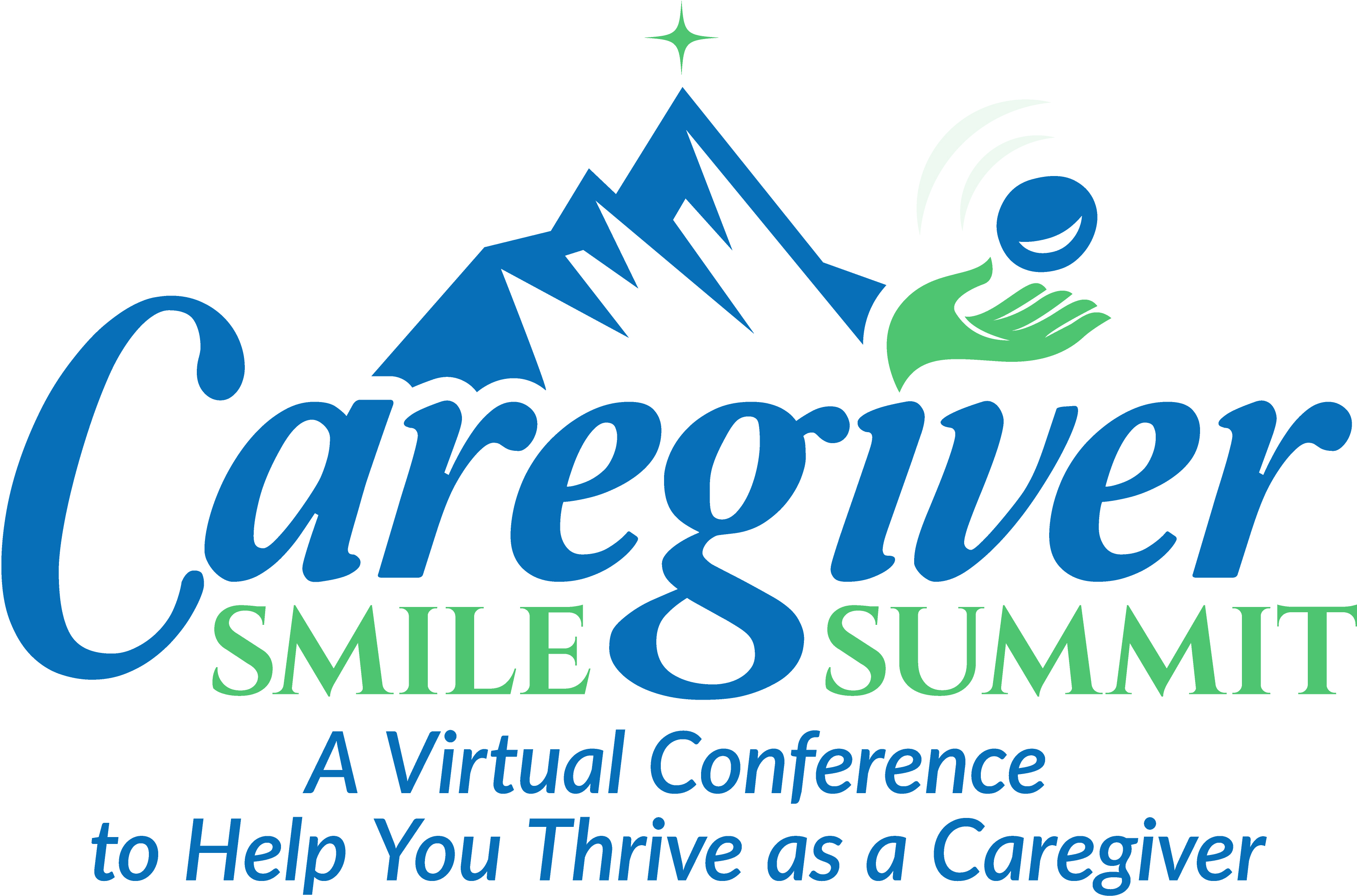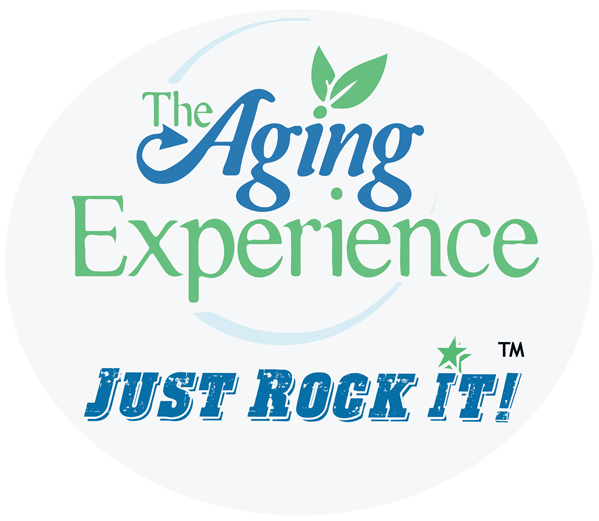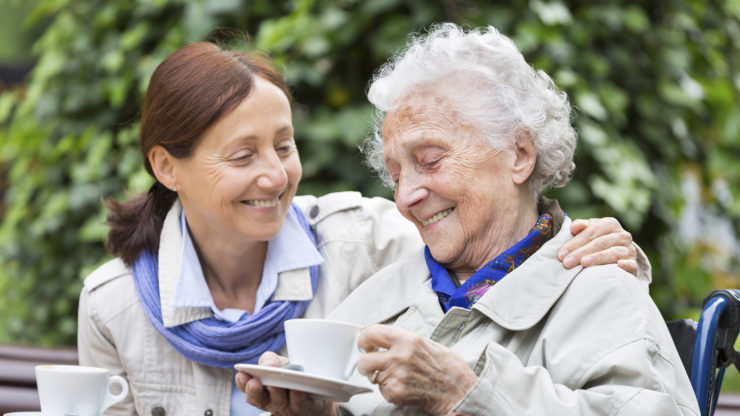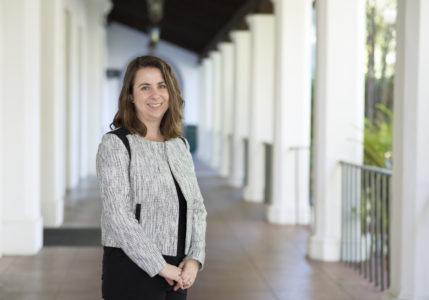Our Friday Song of the Week-Woodstock-Evil Ways
Our Friday Song of the Week – Woodstock – Evil Ways
After seeing Santana in Charlotte my wife and I were inspired to have a Woodstock party. Not taking my duties lately, I found the Woodstock lineup and all the songs that were performed. I took it upon myself to try to learn at least one or two songs from each artist at Woodstock in the order of appearance. Some artists or songs were so obscure that I had to skip them or I simply did not know the songs. For some artists I didn’t care for the songs that they did at Woodstock so I did another one of their songs that they made famous after Woodstock. I figured it was only appropriate to rehearse in my garage and to tape the rehearsal as opposed to going into my more polished studio and hooking up everything to my sound system on my computer. So what you’re seeking and hearing is my replication of our version of Woodstock complete with the garage band feel, me in jeans and a T-shirt and unshaven. Please pardon the surroundings, but I thought it would add some authenticity, but I hope you enjoy the songs. So here’s one by Santana on Day 2 of Woodstock called Evil Ways.
HOW TO PROACTIVELY PREPARE YOUR WORK ENVIRONMENT FOR A CAREGIVER CRISIS
HOW TO PROACTIVELY PREPARE YOUR WORK ENVIRONMENT FOR A POTENTIAL CAREGIVER CRISIS
Elizabeth Miller, a speaker at my third Caregiver Smile Summit, spoke to me about preparing for the inevitable caregiver crisis while you are at work. She is a family caregiver, certified caregiving consultant, and founder of Happy Healthy Caregiver.
Perceptions Are Different When You Are Working
Elizabeth’s career was starting to take off when she became part of the sandwich generation of caregivers, caring for a mother-in-law with lung cancer and then, after her dad passed, to her mom.
The first dilemma a lot of working caregivers find themselves in during a caregiver crisis is understanding when there is a real crisis at home or if someone is crying wolf all the time. It’s very real.
Mom falling versus mom needing her shopping list complete are two different scenarios. One you run out of work for and the other you do after work.
My mom was sly as a fox, often deliberately playing helpless when she full well could do some of the things that she called me – and before me, my sister – about.
Elizabeth certainly related. Her mom never really lived on her own. Went from school to marriage. Practically, she forgot – or never really learned – how to advocate for herself.
Elizabeth had to show her that if she would start advocating for herself and for what she wanted, it wasn’t going to be prudent for her to be calling all the time asking for intervention.
So, it’s important to understand the capabilities, physically and mentally, of your loved one, and make sure they are exercising them to their fullest, both for your benefit and theirs, and setting boundaries and expectations.
It’s fine to say, “No, I can’t be there every day, but Thursday is our day to food shop, and Tuesday is our social day together, and I’ll check in on you over the weekend.”
Be Prepared, Always
If Elizabeth had to travel, it meant preparing her husband for his caregiving role. She made sure he had essential passwords, phone numbers, etc.
Likewise, when at her desk, she had all of her mom’s information instantly available.
And likewise, if she had to run to mom’s, she made sure she had her chargers and her notebooks for any project she was working on. You need to be able to do work if you’re sitting by your loved one’s bed side.
Simply put, be prepared at home, at work, or away by having contingency plans in place and all the information and materials you need to take care of your work and your loved one from afar.
What About Your Employer?
Every employer has a different culture when it comes to caregivers in the workforce. Some can be downright vindictive; others are more than accommodating.
Elizabeth had to communicate with her boss and colleagues at a high level about being in this season of her life where she was caring for kids and caring for aging parents and that she really needed some flexibility.
She didn’t give a ton of detail, just enough to assure them that she needed to be ready if something bad were to happen. While she needed some flexibility, she wasn’t going to drop the ball either.
At this point, she was not seeking to grow her career or take on any new projects. She was keeping the light on, so to speak.
Elizabeth recommends that you keep communicating with your employer. Let them know when you are out of office. Let them know when you are able to respond back to them on important things to keep projects moving.
She recommends trying to simplify all the areas of your life. Delegate when you can. It only makes sense. Mentor another person for a growth opportunity. Be calm instead of trying to become indispensable. Own what you really have to do, and do it to the best of your ability.
Gauge the culture of your workplace to understand how best to approach co-workers. Reach out discretely to human resources.
Often there are caregiver benefits available that employees are not aware of. It took Elizabeth a year to understand there were employee assistance programs she could have utilized.
Involve Your Family
Caregiving is a family affair – or should be. When my wife was caring for her mom, I took over some of the household responsibilities that she usually did, and she took some from me when I cared for my mom.
There are apps available where you can divvy caregiving responsibilities amongst family and friends. Elizabeth says there is something freeing when you sit down with your family and you really talk through who owns what, who’s accountable. It lightens your load and your worry.
Elizabeth has created a useful family responsibility worksheet, and you can download it here. If you are a working family caregiver, you may find my LinkedIn Group a helpful resource.
What tips can you provide to readers about being a working family caregiver? How do you cope when a caregiver crisis hits? Please share and join in the conversation.
8 Ways to Fix Your Age-Related Back Pain
 8 Ways to Fix Your Age-Related Back Pain
8 Ways to Fix Your Age-Related Back Pain
Aches and pains come with age. About 80% of adults experience back pain in their lives. The majority of originates from strained ligaments, muscles, and incorrect posture. But after the age of 50, developing back pain from age-related degeneration in the joints and spine becomes more prevalent.
What Causes It?
To understand why your back may be aching, it helps to understand how the spine is structured.
The spine is made up of 24 bones called vertebrae, which are connected by facet joints and cushioned by jelly-like discs (or gelatinous discs).
The spine is the supporting structure of the skeletal system, but it’s also very delicate. Overly tense ligaments and muscles can pull the spine out of its natural curvature, which causes pain. If the spine is stressed or compressed too much, the vertebrae and gelatinous discs could slip, causing the bone to grate on each other or place pressure on the spinal cord.
Most people can avoid stressing out their spine by lifting with their legs instead of their back and not overextending their spine for a long time. You can also practice correct posture and avoid sleeping on your stomach.
However, as you age, your body weakens and starts to break down. Your discs and joints lose moisture and resilience and become less effective at absorbing shock, which causes your bones to weaken. Symptoms indicating age-related issues include pain:
- in the morning and evening
- that interrupts sleep
- Localized tenderness when the spine is compressed
- Intermittent pain in the lower back from prolonged activity
- Stiffness and loss of flexibility
8 Easy Lifestyle Changes to Ease Back Pain
Regular Physical Activity
It’s good to stay off injuries and let them heal, but, if your doctor advises you, one of the best ways to have a healthy, functioning body is to maintain an active lifestyle. Moving your body regularly rather than staying sedentary will keep your joints and muscles healthy. The more active you are, the better you will feel, and the faster you will heal from back issues.
Physical Therapy
Physical therapy is a popular way to reduce pain, and often it’s the first treatment physicians prescribe. Physical therapists assign patients exercises tailored to help with specific symptoms. Performing these exercises regularly primarily affects the outcome of the treatment.
Take Medications
Anti-inflammatory medication like acetaminophen can reduce inflammation, which allows the injury to heal and reduce pain. Following your doctor’s instructions, even if you don’t feel any discomfort, can keep pain at bay.
Apply Cold and Heat
Applying an ice pack when pain first emerges will alleviate pain and decrease muscle spasms. If the pain continues for two or three days, use a heating pad or take a warm bath to relax your muscles and increase blood flow. Make sure to stretch your muscles while heat is applied to avoid muscle spasms.
Get Good Sleep
Your body is continuously working, even while you sleep. Sleeping gives the body time to rest and repair, healing your back injury and reducing your aches.
Diet
Trans fats, refined sugars, and processed foods increase inflammation. Discuss your diet with your doctor to see if you can make any changes to reduce back pain. Maintaining a healthy weight can lessen back pain. Losing weight may reduce pressure on your spine and decrease pain.
Injection Based Treatments
Injections, such as nerve blocks, epidural steroid injections, and nerve ablations may prevent or lessen pain for a short time. These treatments are only used with the source of the pain is identified and are not long-term treatments.
Invest in a New Mattress
An unsupportive mattress can cause back pain. When a bed isn’t firm or soft enough, pressure points form where the body meets the mattress, which causes muscles to become tender and joints to stiffen. Without the right support, the spine is susceptible to misalignment, causing spinal stress and pain.
The best mattress for back pain will keep your body in a horizontal position and contour to your curves to alleviate pressure and promote support.
When To See A Physician
If symptoms last for more than six weeks, it is considered chronic. Visit your doctor and discuss your choices with them. Everyone is different. One treatment will work for one individual but not for another. There are surgical options for those suffering from chronic age-related back pain, although those options are only considered after less drastic measures are tried.
Conclusion
So, if you’re experiencing back pain, try some hot and cold treatments, take anti-inflammatory medication, and get good sleep for the next couple of days. If the pain hasn’t subsided, make an appointment with your physician to discuss some of your other options.
Editor’s Note: this article is intended to provide guidance not medical advice. ALWAYS consult with your physician for any medical issues you are experiencing.
Anna Corwin is Participating in the Caregiver Smile Summit
Anna is participating in the Caregiver Smile Summit
We are pleased to welcome Anna Corwin to the Caregiver Smile Summit.
Anna is an Assistant Professor of Anthropology at Saint Mary’s College of California. Trained in Linguistic and Medical Anthropology, Dr. Corwin’s work focuses on understanding how cultural practices and communication shape older individuals’ experiences of their lives, their bodies, and aging. Much of Dr. Corwin’s research has examined how and why American Catholic nuns age more “successfully” than their lay counterparts, benefitting not only from physical health but also mental and emotional well-being.
 Her topic on the caregiver smile summit is: Overcoming Elderspeak: Learning to interact with older adults with dignity and care.
Her topic on the caregiver smile summit is: Overcoming Elderspeak: Learning to interact with older adults with dignity and care.
Find out more about the Caregiver Smile Summit – www.caregiversummit.org
Larry Dawalt is Participating in the Caregiver Smile Summit
Larry is participating in the Caregiver Smile Summit
We are pleased to welcome Larry Dawalt to the Caregiver Smile Summit.
Larry Dawalt is Senior Director of Spiritual and Grief Care Services for Hospice & Palliative Care Charlotte Region. He has been in hospice care since 1993 and also worked ten years in parish ministry. As an invited speaker, Larry has addressed national, regional and local organizations on topics dealing with spirituality, comparative religion, compassionate communication, end of life care, and grief. Fr our Summit, he will be offering information that will Demystify Hospice & Palliative Care.
In addition to his studies and specific training in Clinical Pastoral Education, Larry has received the designation Certified in Thanatology from the Association of Death Educators and Counselors and is also a Certified Trauma Services Specialist.
 Her topic on the caregiver smile summit is: The Hospice Experience: Compassionate Care at the End of Life
Her topic on the caregiver smile summit is: The Hospice Experience: Compassionate Care at the End of Life
Find out more about the Caregiver Smile Summit – www.caregiversummit.org












